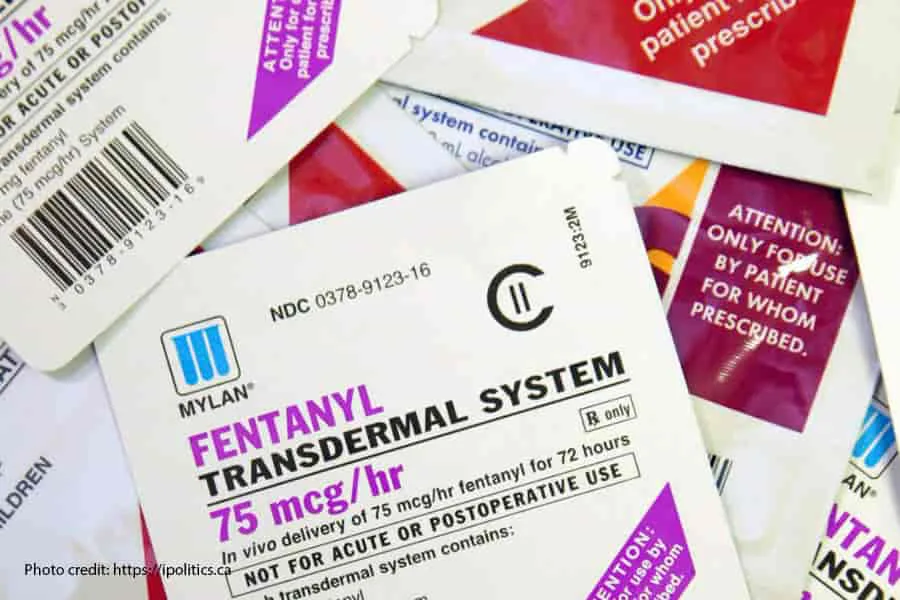Genetic Predisposition May Help to Explain Opioid Addiction
In a perfect world, doctors would be able to identify patients who are prone to opioid addiction and prescribe them non-opioid painkillers that wouldn’t lead to dependence. For years, researchers have been trying to advance care to this point by looking for genes that contribute to addiction. There are currently a number of potential candidates, so patients may request genetic testing to see if the carry one or two copies of susceptibility gene variants before deciding on a course of treatment. What Are Opioids? Opioids are a group of sleep inducing pain relievers that specifically interact with an opioid …
Genetic Predisposition May Help to Explain Opioid Addiction Read More …







